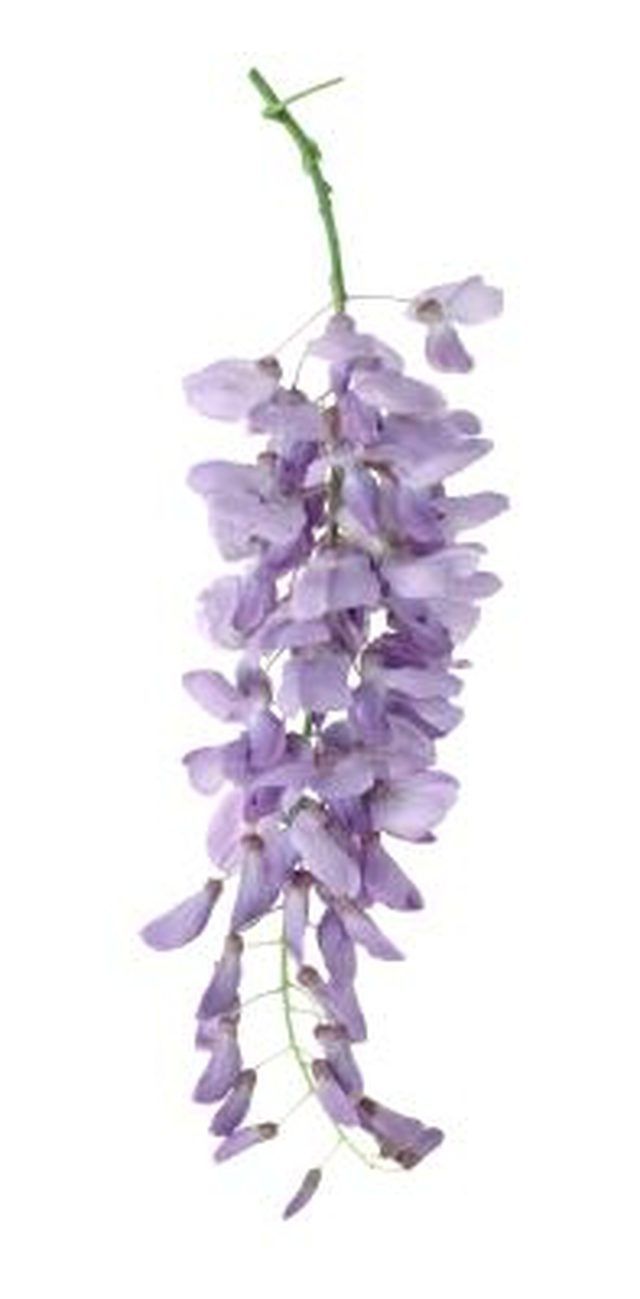Bulbs
Flower Basics
Flower Beds & Specialty Gardens
Flower Garden
Garden Furniture
Garden Gnomes
Garden Seeds
Garden Sheds
Garden Statues
Garden Tools & Supplies
Gardening Basics
Green & Organic
Groundcovers & Vines
Growing Annuals
Growing Basil
Growing Beans
Growing Berries
Growing Blueberries
Growing Cactus
Growing Corn
Growing Cotton
Growing Edibles
Growing Flowers
Growing Garlic
Growing Grapes
Growing Grass
Growing Herbs
Growing Jasmine
Growing Mint
Growing Mushrooms
Orchids
Growing Peanuts
Growing Perennials
Growing Plants
Growing Rosemary
Growing Roses
Growing Strawberries
Growing Sunflowers
Growing Thyme
Growing Tomatoes
Growing Tulips
Growing Vegetables
Herb Basics
Herb Garden
Indoor Growing
Landscaping Basics
Landscaping Patios
Landscaping Plants
Landscaping Shrubs
Landscaping Trees
Landscaping Walks & Pathways
Lawn Basics
Lawn Maintenance
Lawn Mowers
Lawn Ornaments
Lawn Planting
Lawn Tools
Outdoor Growing
Overall Landscape Planning
Pests, Weeds & Problems
Plant Basics
Rock Garden
Rose Garden
Shrubs
Soil
Specialty Gardens
Trees
Vegetable Garden
Yard Maintenance
What Planting Zones Will Wisteria Grow In?
What Planting Zones Will Wisteria Grow In?. The Wisteria genus contains several species of deciduous, flowering vines that grow best on structures like walls, trellises, fences and arches. Two of the most common varieties are Chinese wisteria and Japanese wisteria or Wisteria sinensis and Wisteria floribunda respectively.

The Wisteria genus contains several species of deciduous, flowering vines that grow best on structures like walls, trellises, fences and arches. Two of the most common varieties are Chinese wisteria and Japanese wisteria or Wisteria sinensis and Wisteria floribunda respectively.
Types
Chinese wisteria produces blue, purple and white flowers that typically bloom in May. The vine can reach heights of more than 25 feet. Japanese wisteria blooms in 12- to 18-inch clusters of blue, pink, white, purple or violet flowers. Both species are invasive; if you do not prune them, they will take over existing structures and choke out nearby plants.
Zones
Chinese wisteria grows best in United States Department of Agriculture Hardiness Zones 5 through 8, where the average low temperature ranges from minus 20 to 20 degrees Fahrenheit. Japanese wisteria flourishes in hardiness zones 4 through 9. The average low for these areas lies between minus 30 and 30 degrees Fahrenheit. The combined area for growing Japanese and Chinese wisteria covers most of the Southeast, Northeast and Midwest parts of the country.
Conditions
To grow and produce the best flowers, wisteria requires at least six hours of full sun daily. The soil should have a pH between 6 and 7 and be moist rather than dry. Give it a lot of space so that it doesn't overrun other flowers or damage structures or gutters.